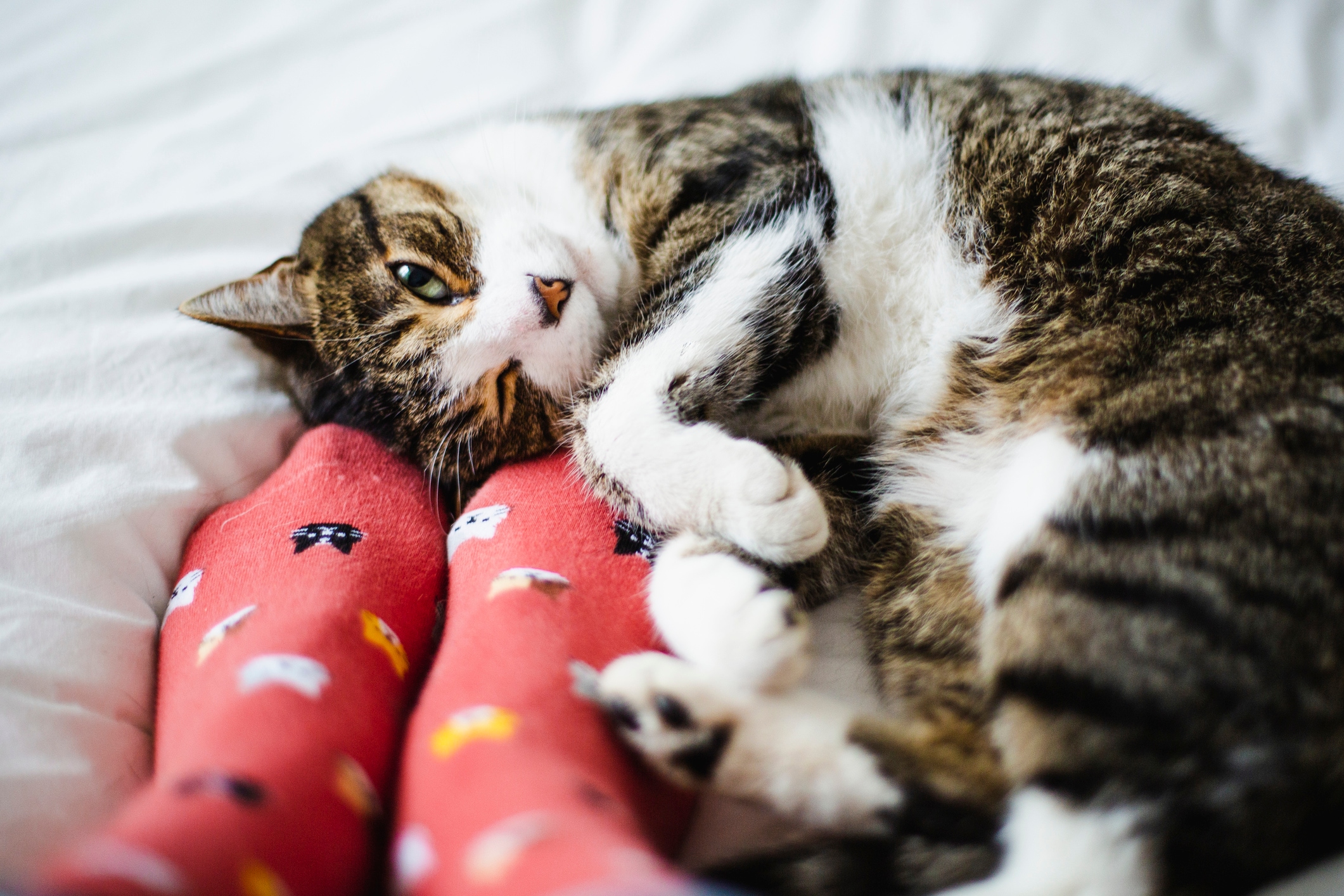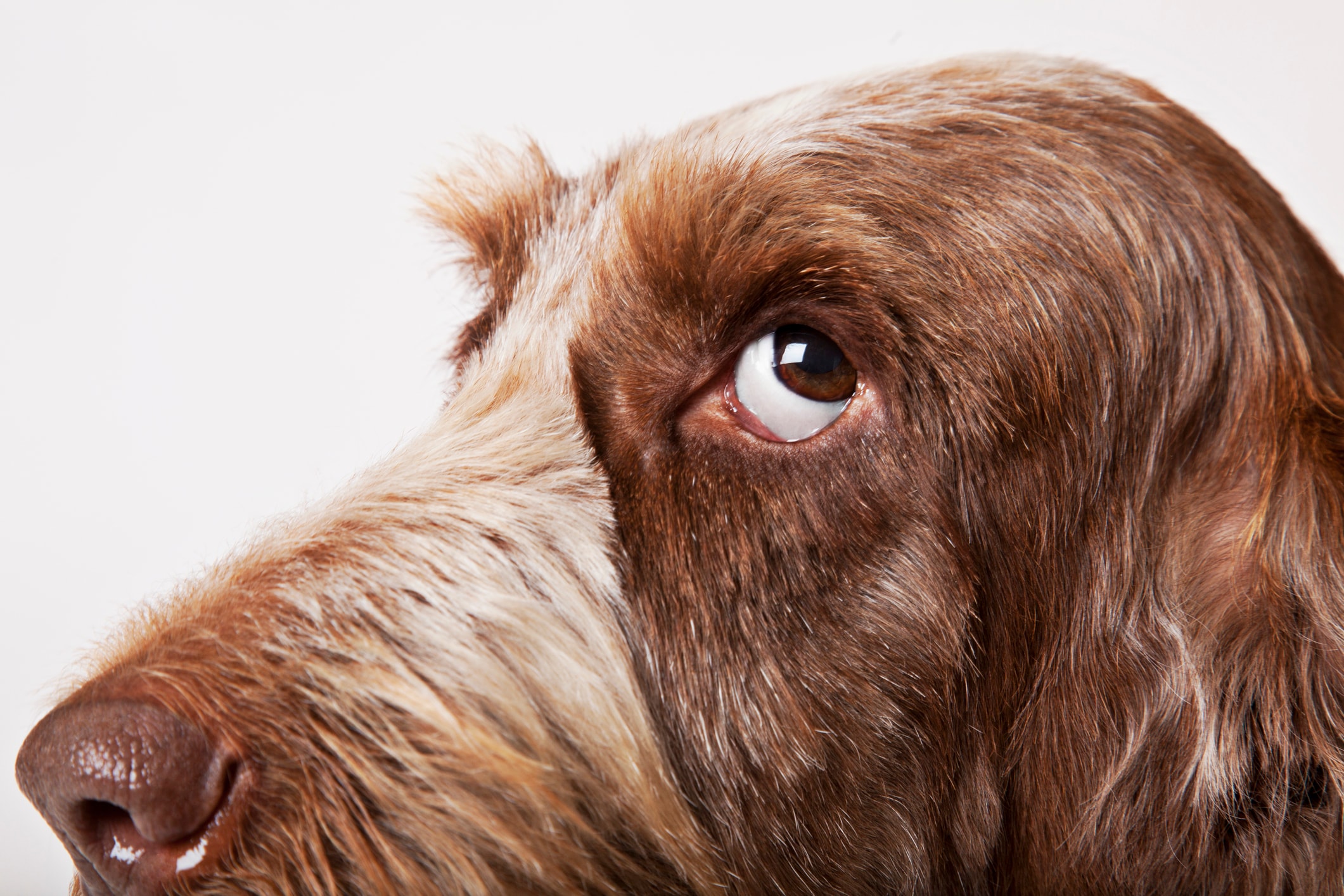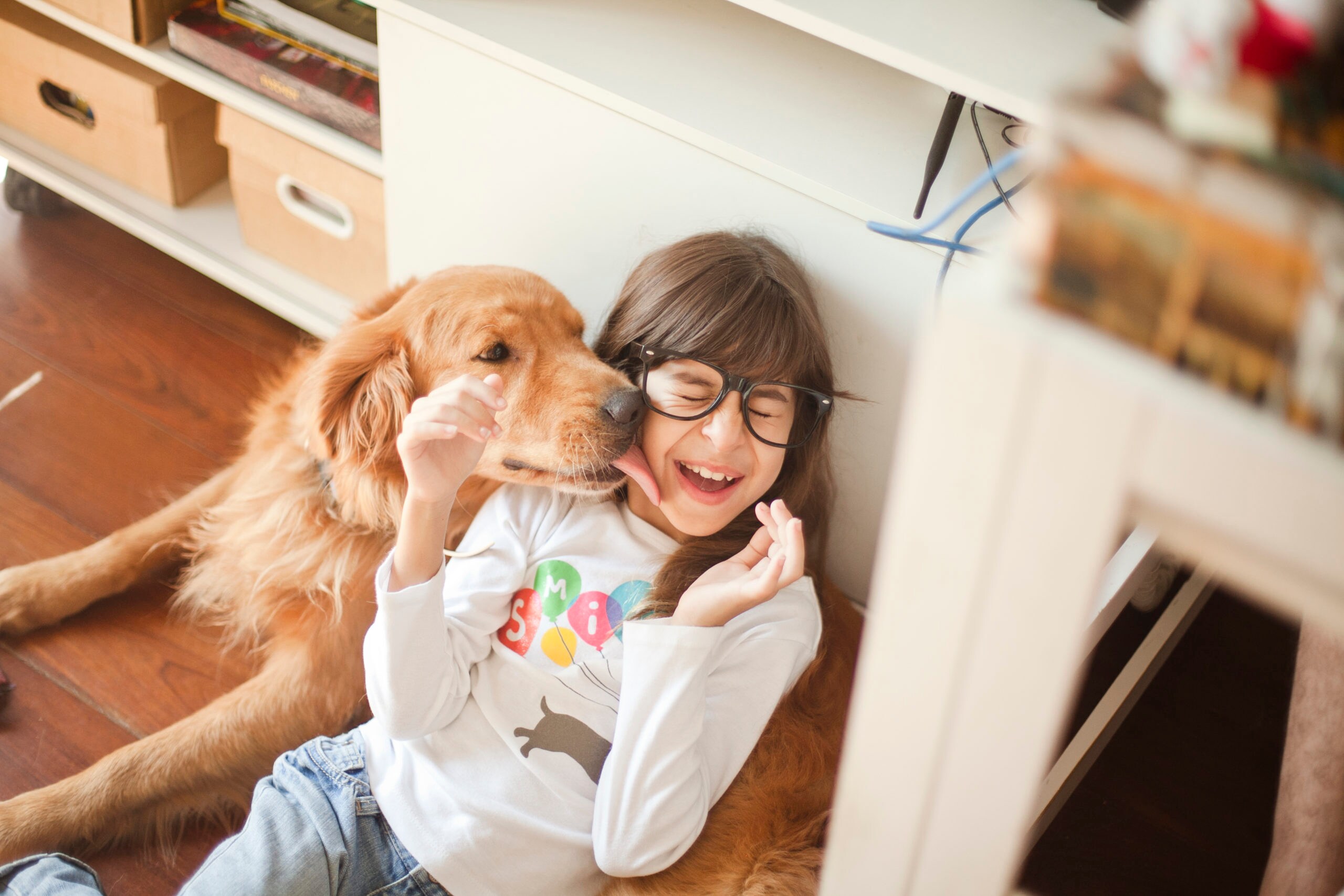With summer storms and fireworks displays popping up all over, your dog has every reason to burrow under the dining room table. But hide no more. It turns out many fear-related issues your pup has can be resolved. We asked Dr. Nicholas Dodman, BvMS, DACVA, DACVB, Section Head of Behavior at the Tufts University Cummings School of Veterinary Medicine, for tips on what you can do calm and relax your pet.
Why do dogs get so scared by loud noises? “No one really knows,” says Dr. Dodman, “It may be because of something that does or does not happen during the first three-months of a dog’s life. Genetics may also play a role too. Herding breeds (like the German Shepherd, Border Collie, and Pembroke Welsh Corgi to name a few) seem more prone and therefore may be a little more anxious during storms or around loud noises.”
If your dog is scared, don’t bring him to fireworks displays and always keep his comfort mechanisms available in case you are away when a storm strikes (teach a neighbor or dog walker how to care for your pup in these last-minute circumstances. Here are Dr. Dodman’s suggestions on keeping Fido calm:
Pay close attention to where you dog runs and hides when he’s frightened. Is it under the bed? Is it in the bathtub? Some dogs have been even known to hide in the laundry!
“Families can help a dog by finding a safe place for them,” suggests Dr. Dodman. “A room without windows or even with the windows blocked off. If possible, it should be sound proofed too.” Allow your dog to have access to these areas if he’s scared (if his place is under your bed, don’t shut the door to your room or he won’t be able to get in!).
Make the area as cozy as possible. Have his favorite toys, bed, and doggy needs close by. You can even sit by your pet to comfort them too. And, believe it or not, a noise machine can also help. “There are some soothing sounds -so-called “bio-acoustically engineered music-or “music that is tailored to dogs” that may soothe dogs or can be used as white noise to drown out the background sounds of thunder.”
What shouldn’t you do? Dr. Dodman warns to avoid crates. “Crates are not a safe place for dogs during storms. Dogs with thunderstorm phobia will often injure themselves trying to escape from the crate or other types of confinement.”
Like a soothing baby wrap, the Thundershirt and Storm Defender are “anxiety wraps” for nervous dogs. A small anti-static vest, these apply lateral side pressure which is supposed to be comforting to dogs,” explains Dr. Dodman who has used the Storm Defender in his labs with postitive results. The coat costs vary between $40 and $55.
Distracting your dog (or taking their attention away from something) can help. Try rolling a ball to them to retrieve or playing fetch with their favorite toy “Use something that the dog likes the most, like tennis balls,” suggests Dr. Dodman. “But, distraction doesn’t always work. Most pets aren’t interested in getting treats or toys when they are scared.”
Sounds tricky, but according to Dr. Dodman most of the time it can be done when it comes to loud noises, like a firework. Families can desensitize dogs to fireworks by adding loud noises to daily life. “This can be something like a tin can being dropped,” says Dr. Dodman, “and it may only take a few days.” But desensitizing a dog to a thunderstorm is much more difficult. “Most storm phobia can be hard to treat as fear inhibits learning so you may want to consult an Animal Behavior Specialist if the dog is scared of thunderstorms,” Dr. Dodman suggests.
Remember, just like a little kid who’s afraid of something, you shouldn’t force your dog to do anything that might scare it. “Some people think that if a dog is constantly exposed to what frightens it, they will learn to co-exist with it. This method is called ?flooding’. It often doesn’t work and it’s inhumane,” says Dr. Dodman.
If your pup is still frightened, an Animal Behaviorist might be your next step! “This is a person who has specialized in animal behavior and has credentials in either The Animal Behavior Society of the United States or a veterinarian who is Board Certified at the American College of Veterinary Behaviorists,” explains Dr. Dodman. Since dogs can’t tell us what scares them, the behaviorist will read a dog’s body language to see how they react to certain situations. The behaviorist can also give your family tips on how to make the dog more comfortable in certain situations (guests at the house, mailman at the door, and much more). To find a board certified veterinary behaviorist in your state, look on this list.
When all else fails, medication might be a good option to help calm your dog. “Families should consult a veterinarian to find out what type of medication is best for their dog,” says Dr. Dodman, “so make sure to schedule an appointment with your vet.”
- Create a Safe Soothing Place
- Invest in a Doggy Swaddle Blanket
- Distract
- Try Behavior Modification
- Talk to an Animal-Behavior Specialist
- Consider Medication





